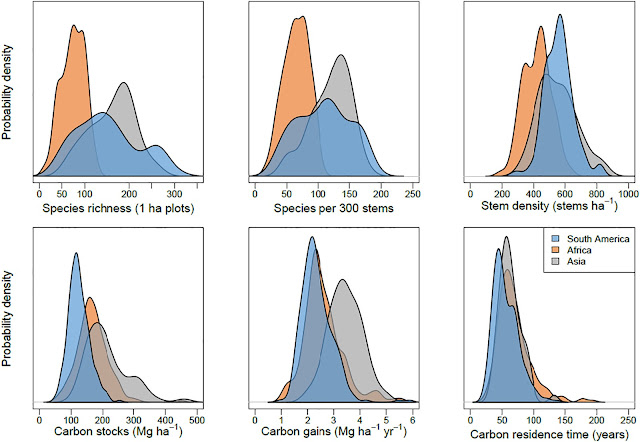By Richard B. Primack
“There would be this advantage in travelling in your own country even in your own neighborhood, that you would be so thoroughly prepared to understand what you saw.”
Henry David Thoreau in his Journal.
The global lockdown to mitigate COVID-19 pandemic health risks in 2020 altered human interactions with nature as described in a recent article. Hundreds of unusual species observations from around the world suggest that animals quickly responded to the reductions in human presence.
 |
| Figure 1: Wildlife reports from around the world describes changes in distribution and abundance during the pandemic. |
Overall, there is a complex mixture of positive and negative effects of the pandemic lockdown on wildlife and nature conservation.
 |
| Figure 2: The pandemic lockdown had a mixture of positive and negative effects on nature. |
This unplanned global quasi-experimental perturbation highlights the dual role that humans play in threatening and protecting species and ecosystems. Pathways to favorably tilt this delicate balance toward protecting biodiversity include reducing human impacts and increasing conservation effectiveness.
The article appeared as: Bates, AE, Primack, RB, et al. 2021. Biological Conservation.






